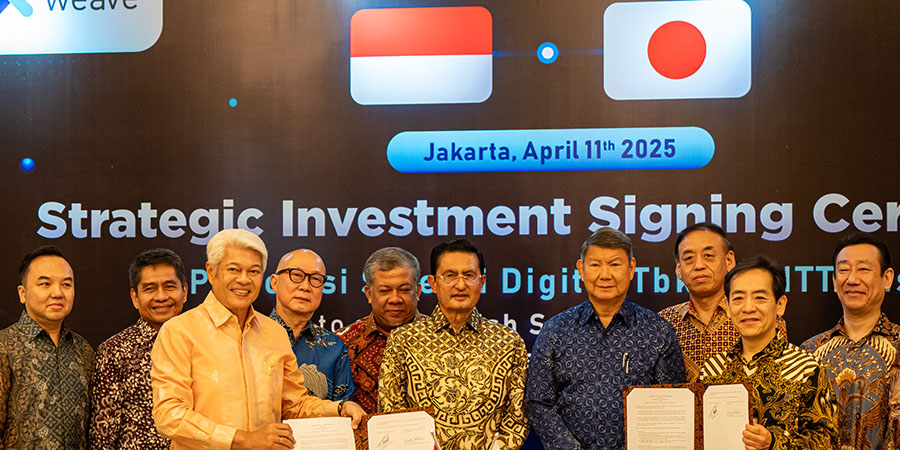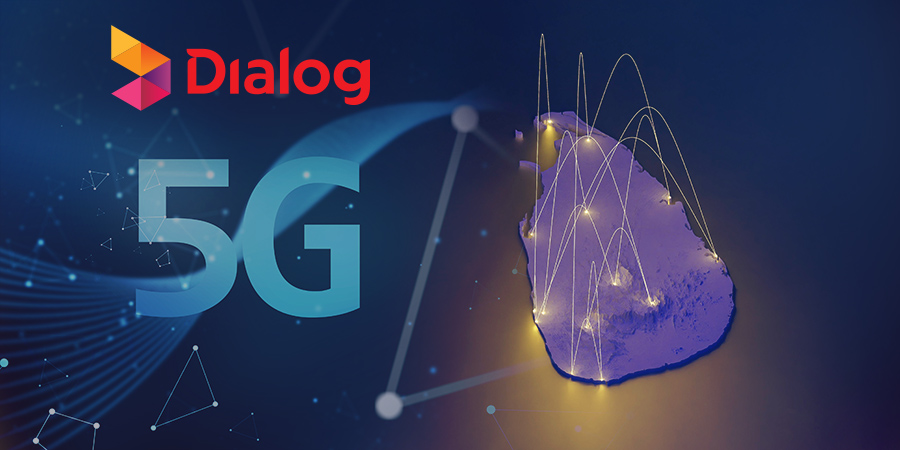As economies across the Asia Pacific digitize at record speed, the need for robust, secure, and future-ready internet infrastructure has never been more urgent. Two major players are emerging in the battle to provide the backbone for this digital future: satellites orbiting above and subsea cables stretching beneath the ocean floor.
While both technologies serve the common purpose of ensuring connectivity, their roles, capabilities, vulnerabilities, and strategic implications differ significantly. With Asia projected to generate 43% of global data traffic by 2027, the conversation around satellites versus subsea is no longer hypothetical; it’s foundational to the region’s geopolitical, economic, and technological strategies.
Related: APTelecom Leads in Converged Connectivity and Subsea Cable-Driven Digital Infrastructure Development
The Unsung Heroes Beneath the Waves
Submarine cables are the arteries of the global internet. Despite the growing buzz around satellites, over 95% of international data traffic still relies on subsea cables. These cables, lying silently beneath oceans, connect continents with thousands of kilometers of fiber-optic threads, enabling everything from social media interactions to high-frequency financial trades.
In Southeast Asia alone, more than 30 subsea cables currently interconnect regional economies, linking nations like Singapore, Indonesia, and the Philippines to major hubs in the US, China, and Europe, according to Carnegie Endowment. In 2023, Singapore emerged as the most connected hub in Asia, with 25 subsea cables landing on its shores, affirming its position as a digital gateway.
However, these undersea marvels have unique challenges. According to H.E. Dr. Kao Kim Hourn, Secretary-General of ASEAN, geopolitical tension and supplier dependencies have created vulnerabilities, particularly as the region relies heavily on a small group of cable manufacturers, mostly from the US, Japan, and China. The US-China tech rivalry has escalated these concerns, with nations wary of espionage and potential sabotage.
Related: Submarine Cables and Climate Change Intersect
Reaching the Unreachable
In contrast, satellite communications, particularly low-Earth orbit (LEO) systems, are gaining ground as a viable complement and, in some cases, alternative to traditional cable infrastructure. Satellites like those deployed by Starlink, OneWeb, and AST SpaceMobile are reshaping global expectations by offering connectivity to even the most remote areas—mountains, rural islands, and conflict zones—where cable installations are either impractical or impossible.
The Asia Pacific stands to benefit tremendously. Countries like Indonesia and the Philippines, with their archipelagic geographies, find LEO satellites particularly appealing. According to AST SpaceMobile, LEO satellites can provide lower latency and offer bandwidths comparable to broadband services, making them viable for enterprise and public use.
Moreover, in a region where over 2 billion people remain under-connected, satellite-based solutions promise to narrow the digital divide. With growing investments in space infrastructure and regional satellite alliances, space is no longer the final frontier but a present-day battlefield for digital access and influence.
Latest: Converge, Starlink Partner to Expand Connectivity in the Philippines
The Hybrid Approach
While the debate is often framed as satellites versus subsea, experts increasingly argue for a hybrid approach. The ‘ASEAN: Enhancing Connectivity and Resilience’ 2024 report suggested that a strategic alliance of sea and space could provide the most resilient and inclusive infrastructure model for the Asia Pacific. Subsea cables provide the bulk of capacity and speed, while satellites offer coverage in areas where cables cannot reach.
This synergy is already taking shape. In early 2024, Thailand’s Ministry of Digital Economy announced plans to expand both its LEO satellite coverage and undersea cable landings, citing resilience against climate-related disruptions and cyber threats. Similarly, Australia and Japan have begun exploring cross-value-chain collaboration to diversify their tech dependencies.
Governments are increasingly weaving connectivity infrastructure into their national security and digital sovereignty agendas. ASEAN, for instance, is exploring a framework to diversify cable suppliers and reduce over-reliance on any single foreign entity.
China, in particular, has doubled down on its Digital Silk Road, aiming to dominate both terrestrial and orbital networks. From 2022 to 2024, China launched over 400 communication satellites and was involved in more than a dozen subsea cable projects globally, including the PEACE cable that connects Asia to Africa and Europe.
Economic Implications and Investment Trends
The financial dimension of connectivity is staggering. According to Equinix, global investment in subsea cables is expected to exceed USD 10 billion by 2026, with the Asia Pacific accounting for the lion’s share due to surging demand for data centers and cloud services. Meanwhile, Asia’s LEO satellite market is projected to grow at a compound annual growth rate (CAGR) of 50.2% through 2030. Australia currently leads, but India is set to overtake as spectrum policies evolve. Major players include Starlink, OneWeb, Kuiper, Viasat, and AST SpaceMobile.
Governments, telcos, and hyperscalers are all placing bets on the future. Singapore, for instance, continues to incentivize cable landings while offering orbital spectrum rights for satellite operators. In the Philippines, SpaceX’s Starlink launched commercial services in mid-2023. Since then, SpaceX has deployed 30,000 terminals, bringing high-speed internet to areas lacking fiber infrastructure.
Another trend reshaping the connectivity landscape is the rise of edge computing and cloud infrastructure. These developments are increasing the demand for ultra-low latency, making subsea cables more viable for real-time applications like autonomous vehicles (AVs), artificial intelligence (AI) processing, and blockchain transactions.
Next-generation LEO constellations are being designed with direct-to-device capabilities, enabling seamless cloud access even without ground stations, indicating a potential game-changer for Internet of Things (IoT) and mobile applications in Asia’s remote regions.
Environmental impact is also part of the infrastructure debate. Subsea cables generally have a low carbon footprint once laid but are energy-intensive to manufacture and install. Conversely, satellite launches involve rocket emissions and pose space debris risks, but once deployed, they operate efficiently for several years. Sustainability-conscious governments like New Zealand and South Korea (Act on Human Rights and Environmental Protection for Sustainable Business Management) are now mandating environmental audits for major connectivity projects, including space-based infrastructure. Private companies are also joining the cause. Equinix announced that its subsea cable hubs in Asia will run on 100% renewable energy by 2027.
A Dual Pathway to Digital Dominance
Asia’s digital trajectory will not be defined by a single infrastructure pathway. Rather, it will likely adopt a dual strategy where subsea cables and satellite systems coexist, complement, and reinforce one another.
The region’s future connectivity architecture may resemble a multi-layered web. Dense terrestrial fiber could satisfy urban centers, subsea cables could connect global hubs, and satellites could fill in the rural and last-mile gaps. This model ensures resilience, inclusivity, and security, all of which are key pillars for Asia’s economic growth and digital transformation.
Latest Reads:
NTT Reveals AI Chip for Real-Time 4K Video Processing
StarHub Earns Cisco Certifications, Boosts Tech Leadership
NEC Develops Proven Technologies for Secure, Personalized Cancer Vaccine Workflow












